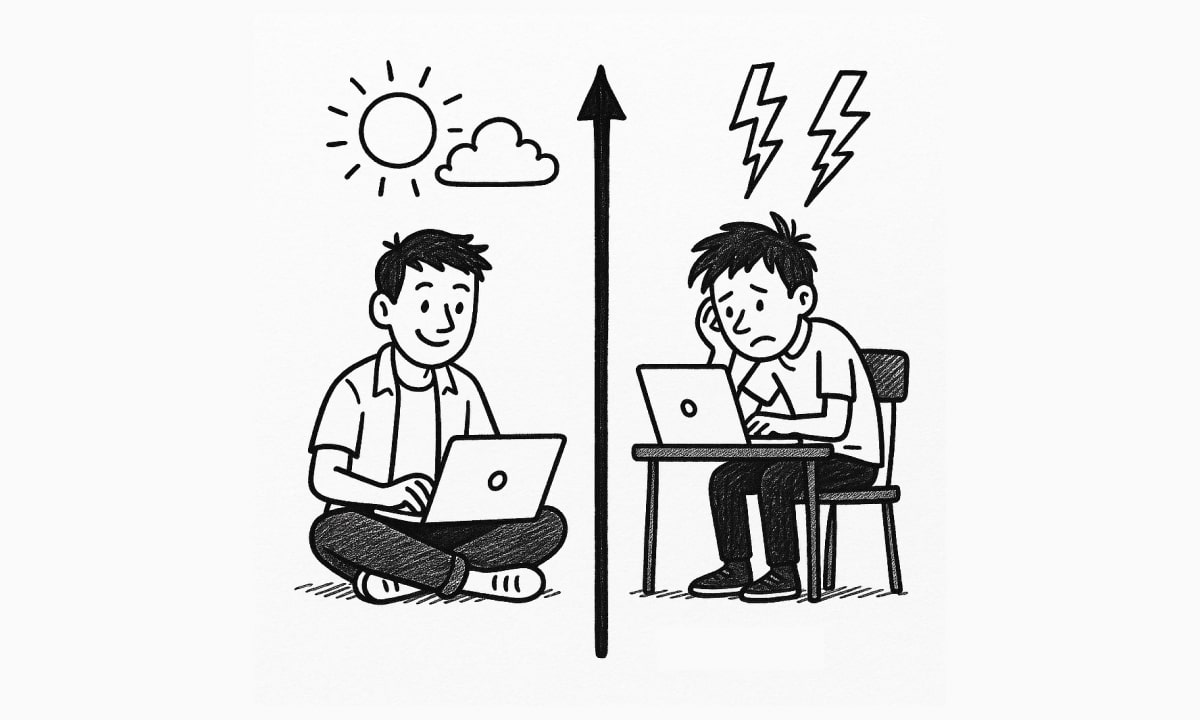Cloud computing has rapidly evolved over the last two decades, transforming how businesses and individuals interact with technology. The core promise of cloud computing is its ability to offer scalable, flexible, and cost-effective solutions for data storage, computing power, and application hosting. This transformative technology has become indispensable for businesses across industries, enabling them to innovate, reduce operational costs, and scale with agility in response to ever-changing demands. As we move further into the digital era, several key trends in cloud computing are emerging that promise to unlock even greater scalability and innovation.
The Rise of Multi-Cloud and Hybrid Cloud Environments
In the past, businesses typically relied on a single cloud service provider for their computing needs. However, the trend toward multi-cloud and hybrid cloud environments is becoming increasingly prevalent. A multi-cloud approach involves utilizing services from more than one cloud provider, while hybrid cloud combines private and public clouds to meet diverse business requirements.
The adoption of multi-cloud strategies allows businesses to avoid vendor lock-in, reduce risk, and improve flexibility. For example, organizations can use one cloud provider for computing services while relying on another for storage solutions. By distributing workloads across different providers, businesses can optimize performance, ensure higher availability, and benefit from the specialized capabilities offered by each platform.
Hybrid cloud solutions, on the other hand, enable businesses to leverage the scalability and cost-effectiveness of public clouds while maintaining control over sensitive data with private cloud infrastructures. This combination offers the best of both worlds, allowing for enhanced security and compliance while maintaining the agility to scale resources as needed.
As cloud computing continues to evolve, hybrid and multi-cloud strategies are expected to become the norm for enterprises looking to optimize their IT operations.
Serverless Computing: Streamlining Application Development
One of the most exciting trends in cloud computing is the rise of serverless computing. In traditional cloud computing, businesses must manage and provision virtual servers to run their applications. However, with serverless computing, cloud providers automatically manage the infrastructure required to run applications, allowing businesses to focus entirely on coding and development.
Serverless computing enables developers to build and deploy applications without worrying about the underlying hardware or server maintenance. This leads to reduced operational complexity, improved developer productivity, and cost savings. Businesses only pay for the computing power they use, making it a highly efficient and cost-effective solution for running applications in the cloud.
This trend is particularly beneficial for organizations with fluctuating workloads, as serverless computing allows resources to scale up or down automatically in response to demand. Serverless platforms such as AWS Lambda, Google Cloud Functions, and Microsoft Azure Functions are becoming increasingly popular for handling tasks like event-driven processes, real-time data processing, and API integrations.
For businesses looking to stay ahead of the curve in innovation, embracing serverless computing can lead to faster application development cycles and more responsive services.
Artificial Intelligence (AI) and Machine Learning in Cloud Computing
Another major trend in cloud computing is the integration of artificial intelligence (AI) and machine learning (ML) capabilities. Cloud providers are increasingly offering AI and ML services that enable businesses to leverage advanced analytics, predictive modeling, and automation without needing to build complex infrastructures in-house.
These services allow organizations to analyze vast amounts of data, gain insights, and make data-driven decisions in real time. AI-powered tools can be used for various applications, including customer service chatbots, recommendation engines, fraud detection, and personalized marketing campaigns. By integrating AI and ML into their cloud infrastructures, businesses can optimize their operations, enhance customer experiences, and drive innovation.
Moreover, the scalability of cloud platforms makes it possible for organizations to run resource-intensive AI and ML workloads without the need to invest heavily in specialized hardware. This democratization of AI and ML allows businesses of all sizes to access cutting-edge technology and apply it to their specific needs.
As AI and ML continue to mature, we can expect them to play an increasingly central role in cloud computing, driving smarter and more efficient solutions across industries.
Cloud Security and Data Privacy
As cloud computing grows in popularity, so does the importance of cloud security and data privacy. With organizations storing sensitive data and running critical applications in the cloud, ensuring the protection of that data is paramount. In response to rising concerns over cybersecurity threats, cloud providers have ramped up their efforts to offer robust security features.
One notable trend in cloud security is the adoption of Zero Trust security models. Traditionally, security measures were focused on creating a strong perimeter around an organization’s IT infrastructure. However, the shift to the cloud has made this approach less effective, as data and applications are distributed across multiple environments. Zero Trust, on the other hand, assumes that no user or device can be trusted by default, requiring continuous verification before granting access to resources.
Additionally, many cloud providers are implementing end-to-end encryption, multi-factor authentication (MFA), and advanced threat detection systems to safeguard data in transit and at rest. The use of private proxies can also help enhance security by masking a user’s IP address and providing an extra layer of anonymity, ensuring that online activities remain private and secure. If you’re considering bolstering your organization’s online security, you can buy fast proxy solutions from trusted providers to enhance your digital defense strategy.
As data privacy regulations like the GDPR and CCPA continue to evolve, organizations are under increasing pressure to ensure compliance when handling personal data. Cloud providers are increasingly offering compliance certifications and tools to help businesses meet legal requirements and maintain customer trust.
Edge Computing: Bringing Cloud Closer to the Data
While cloud computing offers centralized data processing, edge computing takes a different approach by moving processing power closer to the location where the data is generated. Edge computing involves the deployment of smaller, localized data centers that process data at the “edge” of the network, rather than sending it all the way to a centralized cloud server.
This trend is driven by the growing demand for real-time data processing and the proliferation of Internet of Things (IoT) devices. With edge computing, businesses can reduce latency, improve response times, and enable faster decision-making. For example, in industries like manufacturing, autonomous vehicles, and healthcare, where real-time data processing is critical, edge computing can provide the necessary speed and reliability.
The combination of cloud and edge computing offers a hybrid approach that allows businesses to leverage the scalability of the cloud while taking advantage of the low-latency benefits of edge computing. As IoT devices become more widespread and data volumes continue to grow, edge computing is expected to play a vital role in the future of cloud infrastructure.
Cloud-Native Applications and Microservices
Cloud-native applications are built specifically to run in cloud environments, taking full advantage of cloud infrastructure’s scalability, flexibility, and reliability. These applications are often developed using microservices architecture, which involves breaking down large, monolithic applications into smaller, independently deployable services.
Microservices allow organizations to update, scale, and deploy individual components of an application without affecting the entire system. This approach promotes agility, faster development cycles, and better fault tolerance. Cloud-native applications and microservices have become essential for businesses looking to innovate quickly and scale efficiently.
By embracing cloud-native development practices, organizations can modernize their IT infrastructures and create more resilient and adaptable applications. As cloud adoption continues to rise, the trend toward cloud-native applications will only accelerate, helping businesses stay competitive in an increasingly digital world.
Conclusion: Cloud Computing’s Ongoing Impact
The cloud computing landscape is evolving rapidly, with new trends emerging that promise to drive innovation and scalability for businesses across industries. From the rise of multi-cloud and hybrid cloud environments to the integration of AI, ML, and edge computing, cloud technology continues to unlock new possibilities for organizations seeking to optimize their operations and enhance customer experiences.
By adopting these trends, businesses can remain agile, improve security, and harness the power of data-driven insights to stay ahead of the competition. As we look toward the future, cloud computing will remain at the forefront of digital transformation, empowering businesses to scale, innovate, and thrive in the digital era.
Incorporating tools such as proxies to safeguard online activities and enhance security is just one example of how businesses can leverage cloud technologies to strengthen their operations. As the cloud ecosystem continues to evolve, those who embrace these trends will be best positioned to succeed in the digital-first world.










